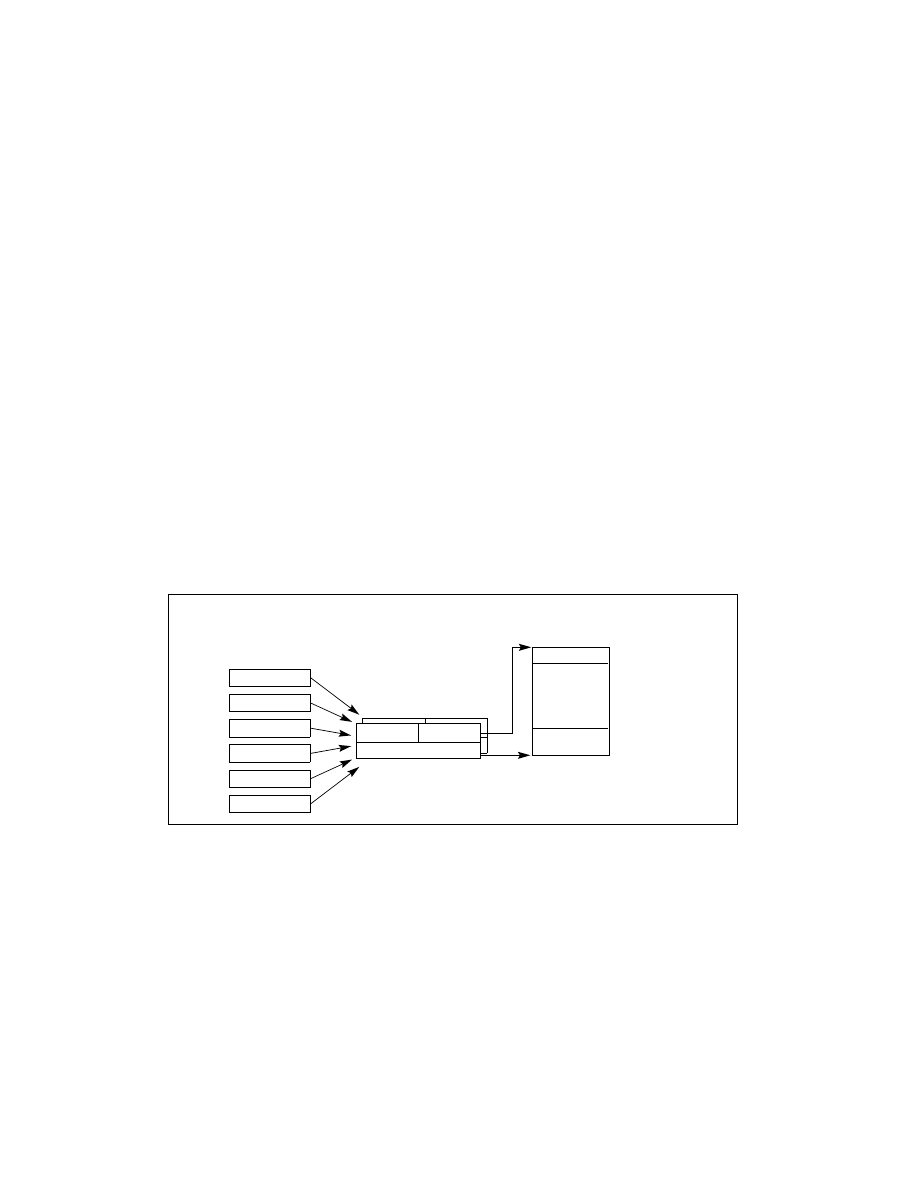
Vol. 3A 3-3
PROTECTED-MODE MEMORY MANAGEMENT
programs to multi-segmented models that employ segmentation to create a robust operating environment in
which multiple programs and tasks can be executed reliably.
The following sections give several examples of how segmentation can be employed in a system to improve
memory management performance and reliability.
3.2.1
Basic Flat Model
The simplest memory model for a system is the basic “flat model,” in which the operating system and application
programs have access to a continuous, unsegmented address space. To the greatest extent possible, this basic flat
model hides the segmentation mechanism of the architecture from both the system designer and the application
programmer.
To implement a basic flat memory model with the IA-32 architecture, at least two segment descriptors must be
created, one for referencing a code segment and one for referencing a data segment (see Figure 3-2). Both of
these segments, however, are mapped to the entire linear address space: that is, both segment descriptors have
the same base address value of 0 and the same segment limit of 4 GBytes. By setting the segment limit to 4
GBytes, the segmentation mechanism is kept from generating exceptions for out of limit memory references, even
if no physical memory resides at a particular address. ROM (EPROM) is generally located at the top of the physical
address space, because the processor begins execution at FFFF_FFF0H. RAM (DRAM) is placed at the bottom of the
address space because the initial base address for the DS data segment after reset initialization is 0.
3.2.2
Protected Flat Model
The protected flat model is similar to the basic flat model, except the segment limits are set to include only the
range of addresses for which physical memory actually exists (see Figure 3-3). A general-protection exception
(#GP) is then generated on any attempt to access nonexistent memory. This model provides a minimum level of
hardware protection against some kinds of program bugs.
Figure 3-2. Flat Model
Linear Address Space
(or Physical Memory)
Data and
FFFFFFFFH
Segment
Limit
Access
Base Address
Registers
CS
SS
DS
ES
FS
GS
Code
0
Code- and Data-Segment
Descriptors
Stack
Not Present